
Skoda Superb Estate (2010-2015) engines, drive and performance
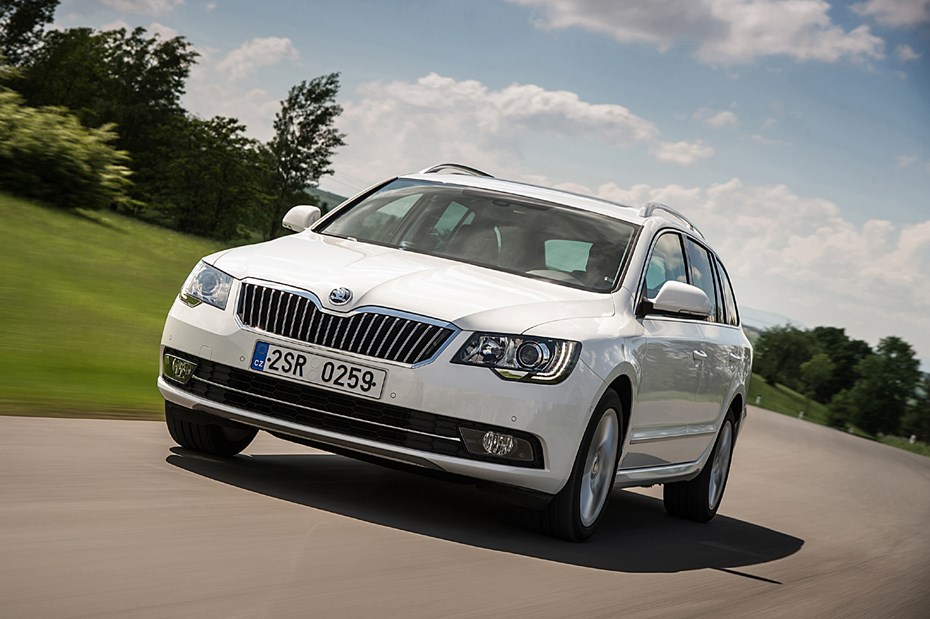
Skoda Superb Estate performance options are very similar to the saloon model.
Petrol engines
The entry-level model is a 1.4-litre TSI petrol. This 125bhp engine propels the Superb Estate from 0-62mph in 10.6 seconds and onto a top speed of 124mph, while still returning around 42mpg, however it’s available in S trim only.
You’ll find similar turbo technology in the larger 160bhp 1.8 TSI. It’s quick, getting to 62 mph in 8.7 seconds and has a top speed of 136mph and is the pick of the petrols.
For those looking for refinement, there’s the 3.6-litre V6 with 260bhp and a top speed of 154mph – it’s the range topping model and comes with four-wheel drive as standard.
Diesel engines
Go for a diesel and you have the choice of a 105bhp 1.9 TDI, 2.0 TDI PD with 140bhp plus a newer 170bhp common rail 2.0 TDI. If you value fuel economy above everything else, the 1.9 TDI will return around 50mpg, but the downside is that it is dated and sounds coarse.
The 140bhp 2.0-litre is more refined, but still makes quite a lot of noise at high revs, however it offers good low-down power for efficient overtaking and is economical, averaging 48mpg.
The best engine is the top 2.0 TDI with 170bhp. It offers strong, meaty performance with immense pulling power and a 0-62mph time of 8.7 seconds.
In early 2010 the 2.0 TDI 140 was replaced by a common rail diesel which helps economy improve to 52mpg.
Gearbox options
The standard six-speed gearbox (on all models but the 1.9 TDI, which has a five-speed gearbox) gives slick changes.
A six-speed DSG automatic gearbox is optional on the 3.6 petrol, 2.0 TDI 140 and 2.0 TDI 170, complete with Tiptronic gear changing. It uses two clutches to make gearshifts faster than the blink of an eye and incredibly smooth too.
The 1.8 TSI is offered with a seven-speed version of the same system.
An economical Greenline II version was added to the range in 2011, offering 64mpg and low emissions. Its 1.6-litre diesel may sound small for a car of this size but it doesn’t feel underpowered and 0-62mph takes 12.6 seconds. If you intend to tow or carry lots of weight, however, then it’s best to look at the more powerful 2.0-litre diesel versions.
At nearly five metres long, it’s clear that Superb is a big car and there’s no getting away from it. It can feel a little unwieldy around town and its size is most noticeable when reversing or parking, hampered further by somewhat restricted visibility.
Thankfully the reversing sensors do a good job of helping to prevent bumps and scrapes.
Get it out onto the open road and its size isn’t such an issue. The composed ride, low noise levels and supportive seats make it a supremely competent long distance cruiser.
On more demanding roads it’s reassuring with precise steering and well controlled bodyroll, plus there are good levels of grip.
Buyers daunted by parking a larger car (or those who like their gadgets) can specify Park Assist. This uses sensors to locate a parking space and when instructed will actually steer you into said space.
There’s the option of four-wheel drive on the 1.8 TSI, 3.6 V6 and 2.0 TDI 170, while the V6 petrol gets it as standard. Marginally lower suspension on Greenline II versions results in a fractional reduction in body roll. This makes it slightly more comfortable to drive across country at speed.


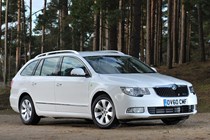
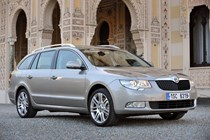
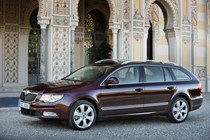
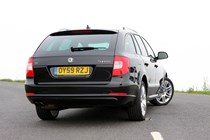
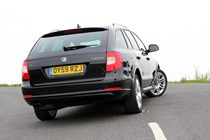
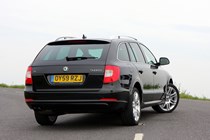
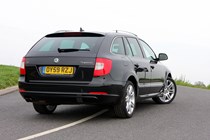
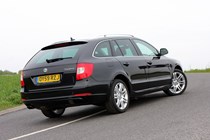
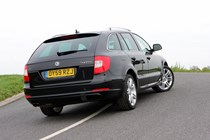
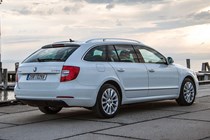
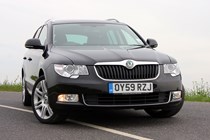
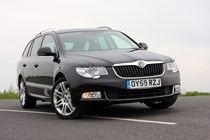
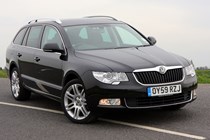
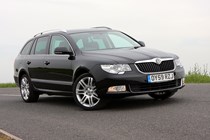
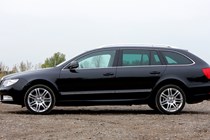
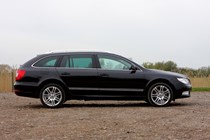
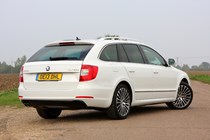
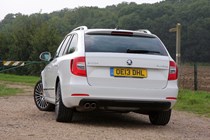
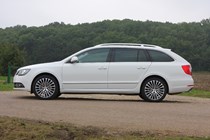

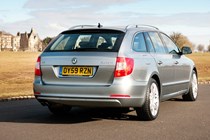
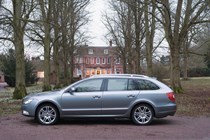
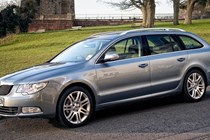
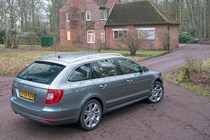
.jpg)
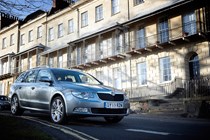
.jpg)
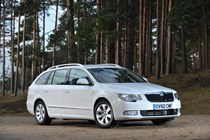

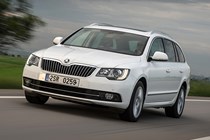
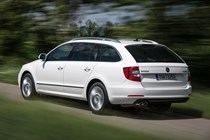
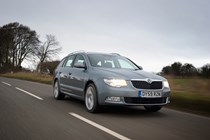
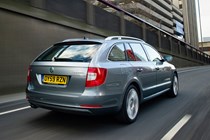

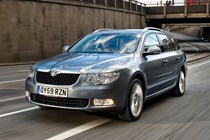
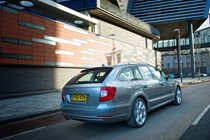
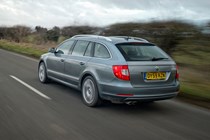
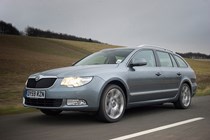
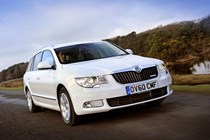
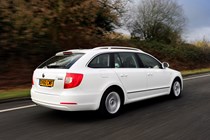
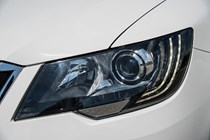
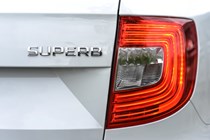
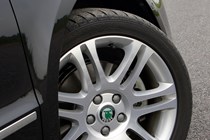

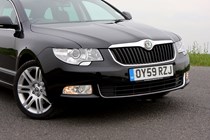
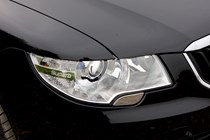
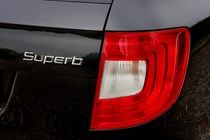
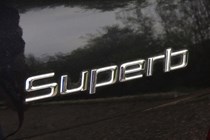
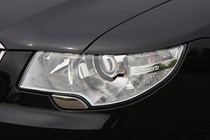
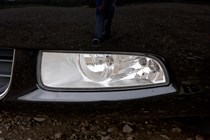
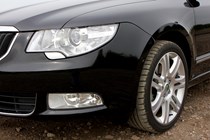
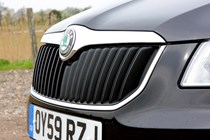
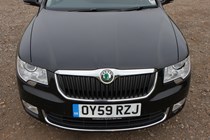
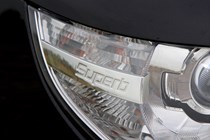
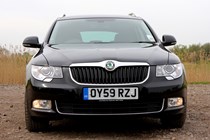
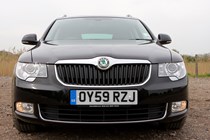
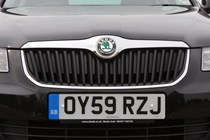
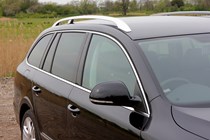
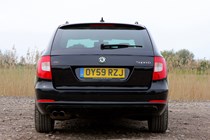
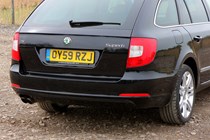
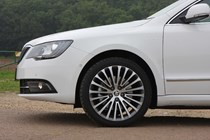
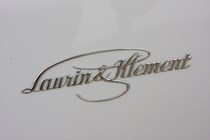
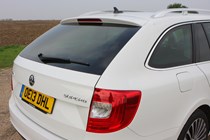
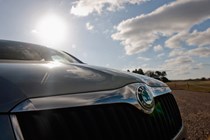
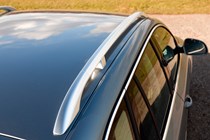

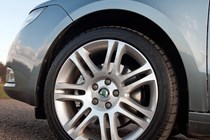
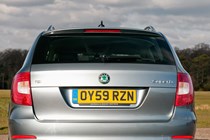
.jpg)
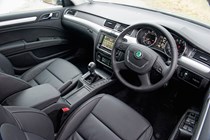
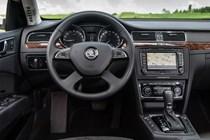
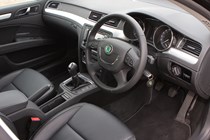
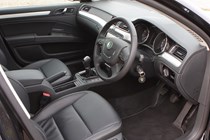
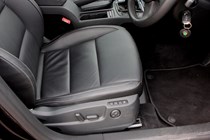
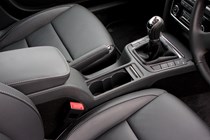
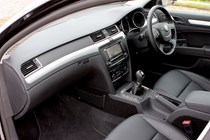
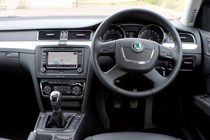
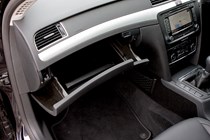
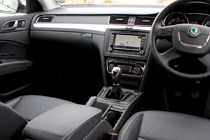
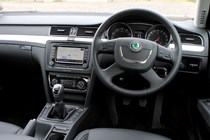
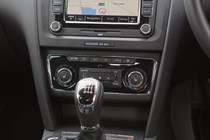
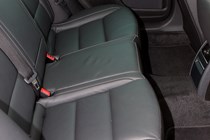
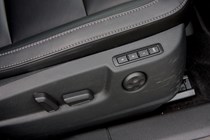
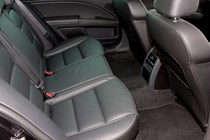
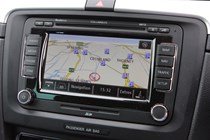
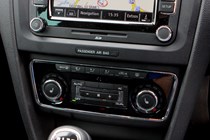
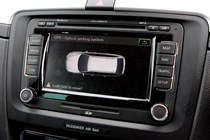
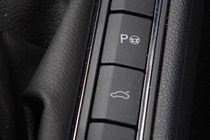
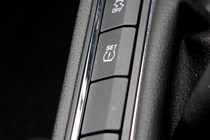
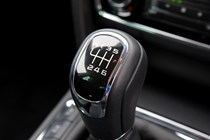
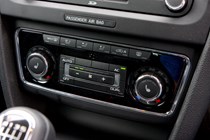
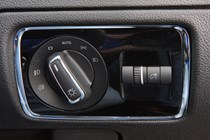
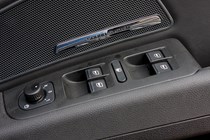
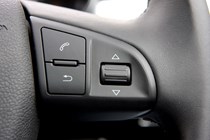
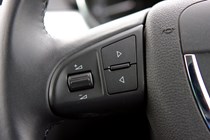
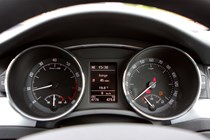
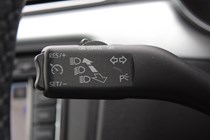
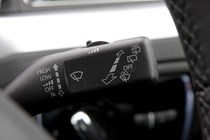
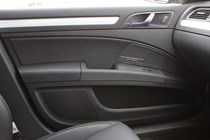
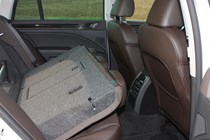
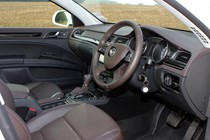
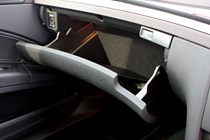
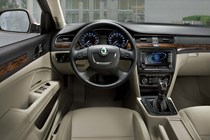
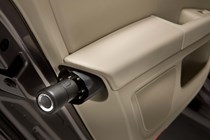
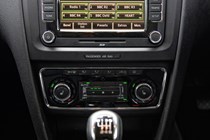
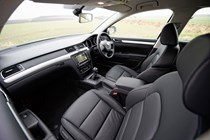
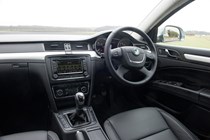
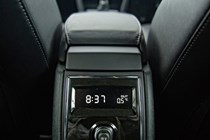
.jpg)
.jpg)
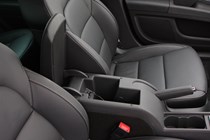
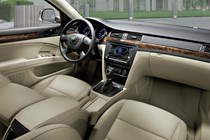
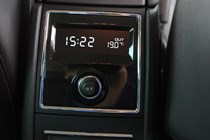
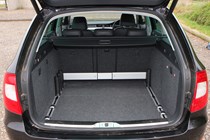
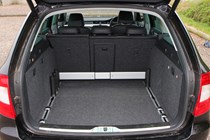
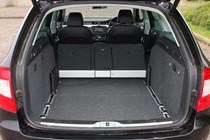
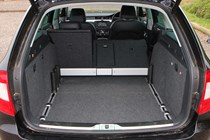
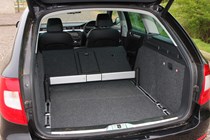
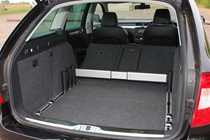
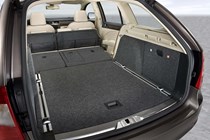
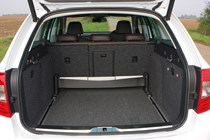
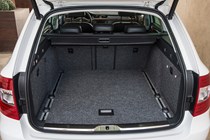
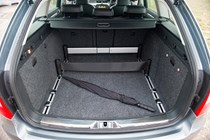
.jpg)
.jpg)
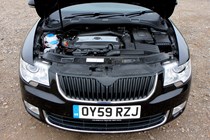
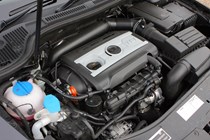
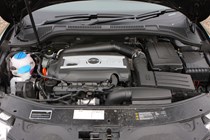
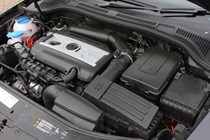
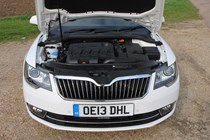
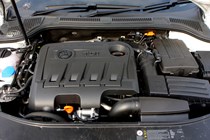
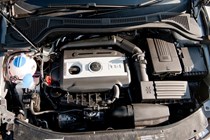
























.jpg?quality=50)

.jpg?quality=50)









































.jpg?quality=50)







































.jpg?quality=50)
.jpg?quality=50)













.jpg?quality=50)
.jpg?quality=50)






